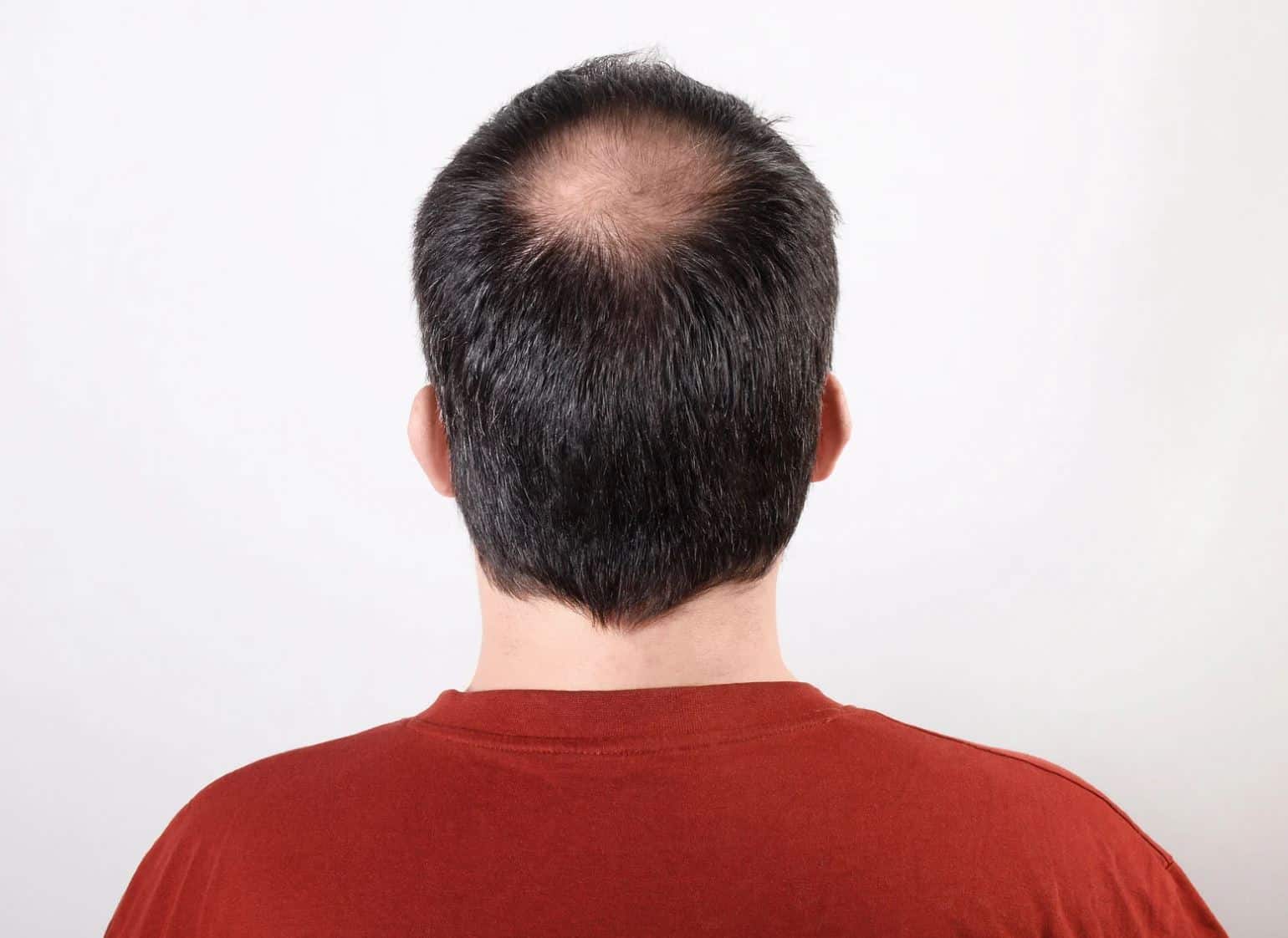The news about Trump’s hair loss medication known as Finasteride made waves on the internet back in 2017. The story was covered by major newspapers in the US mainly because of concerns for his health and the known side effects of the drug. But what is it? How does it work? Is it really effective? And more importantly, is it safe? In this article, we will uncover what you need to know about Trump’s hair loss drug, Finasteride.
What is Finasteride and How Does It Work?
It’s very common for men to experience hair loss or hair thinning at some point in their lives. In fact, according to the American Hair Loss Association, about 85% of men will be affected by male pattern baldness by the age of fifty. Experiencing hair loss especially at a relatively young age can be a painful process. Men who experience hair loss are unhappy about it and would do anything to change it. That’s because hair loss affects their self-esteem and even results in a lack of self-worth. Consequently, this will affect their relationships and even their professional lives. As a matter of fact, some men consider changing their careers for losing confidence in themselves because of their hair loss.
For this, hair loss treatments and medications have been constantly under research and to date, there are only two medications that are clinically proven to treat hair loss in men approved by the FDA. That includes Finasteride and Minoxidil. Since these are the only medications proven to solve the hair loss problem in men, you should not be wasting your time and money on miracle treatments for hair loss you see in ads or commercials on men’s magazines, radio, and TV. That’s because most of them won’t prevent and treat hair loss. They are merely empty promises. More importantly, they are not recommended by the American Hair Loss Association or approved by the FDA.
So, what is Finasteride? Finasteride is the generic name for the branded drug Propecia. It is the first drug in history to successfully treat male pattern baldness (androgenic alopecia) in men who use it. It belongs to the class of drugs called 5-Alpha-Reductase Inhibitors. Basically, what this drug does is stop the enzyme Type II 5-Alpha-Reductase from converting testosterone to dihydrotestosterone (DHT). DHT is the hormone that shrinks your hair follicles and shortens their cycle, causing hair to grow thinner and more brittle leading to hair loss. Meaning, lowering DHT levels is the way to prevent or treat hair loss.
How often do you take Finasteride?
A milligram dose of Propecia decreases DHT levels by 60% when taken daily. It is the most effective medication out there and has been shown to successfully prevent further hair loss and cause hair regrowth. The effects are greatest on the crown however it also has beneficial effects in the frontal area as well.
What Are the Known Side-effects of Finasteride?
There have been claims circulating on social media and internet forums that Finasteride causes adverse effects such as erectile dysfunction, low libido, anorgasmia, and a decrease in ejaculate volume. However, the true incidence is still unknown. After more than two decades of being in the market, Finasteride continues to have low side effects profile.
In fact, the FDA noted that these side effects are relatively rare and only a small percentage of men using Finasteride reported experience sexual adverse effects. Most of the time, the side effects are reversed when treatment stops although, for some men, the side effects may continue even after they stop taking it. Other side effects associated with Finasteride include depression, chest tissue tenderness, skin rash, anxiety, headache, testicular pain, and difficulty urinating. But these side effects are only observed in a very low number of Finasteride users. The fact is, it works.
And to further reduce the potential side effects of Propecia, two new approaches have been developed:
- Low Dose Propecia: using 1 mg only 3 times a week instead of 7 days a week, found to be almost as effective as oral treatment with fewer complaints of side effects.
- Topical Propecia: topical finasteride that stays on the skin, reported to have fewer side effects.
All this underscores the importance of discussing dosage, route of administration and side effects with your physician. After your doctor’s advice on the effectiveness of Finasteride and its side effects, you should be able to know whether the benefit of improving hair growth and density outweighs the small risk of experiencing some of the possible side effects.
If you are experiencing hair loss and are interested in learning more about finasteride or other hair restoration treatments, the Shapiro Medical Group is here to help. We are the leading hair transplant clinic serving patients in Minneapolis, Minnesota, and surrounding areas. Our team of experienced surgeons and medical professionals can help you determine the best course of action for your hair loss and restore your hair and confidence.
At Shapiro Medical Group, we offer a range of hair restoration treatments, including follicular unit extraction (FUE) and follicular unit transplantation (FUT) procedures. Our state-of-the-art facilities and cutting-edge technology ensure that our patients receive the highest quality care and the best possible outcomes.
Don’t let hair loss affect your self-confidence and quality of life. If you’re interested in knowing more about Finasteride or in need of medical advice for your hair loss problem, don’t hesitate to contact us. Shapiro Medical Group has helped countless patients restore their hair and their confidence. We serve patients in Minneapolis, Minnesota, and surrounding areas.



